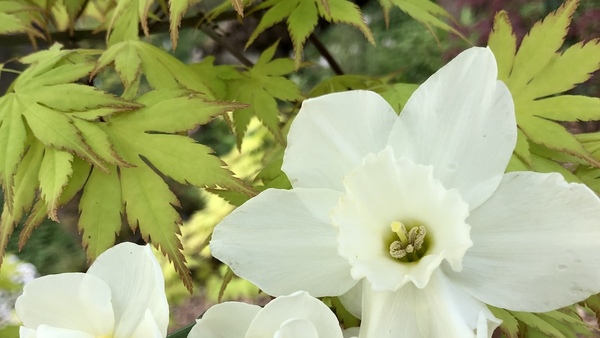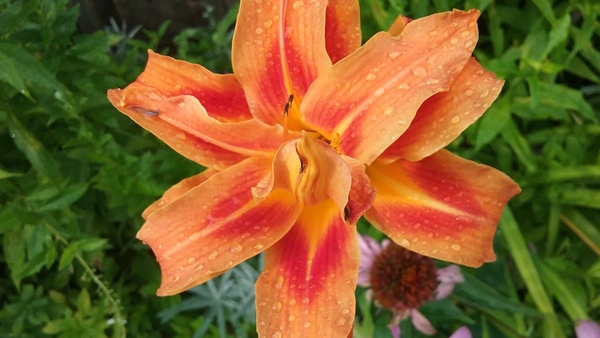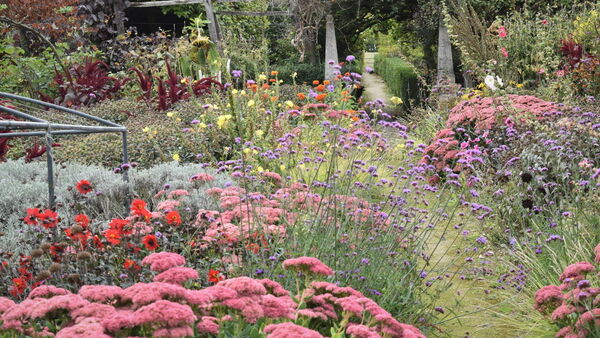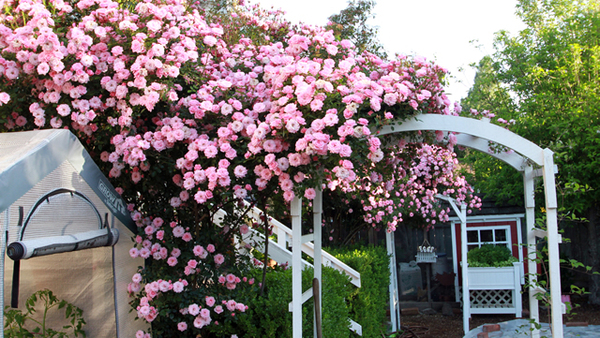
Asparagus is a perennial vegetable whose edible shoots are harvested in spring. Male plants produce better crop yields because they do not flower or fruit. The foliage is garden worthy because of its tall size and masses of feathery, delicate texture. Female plants may self-seed abundantly. Plants do not like to be moved, so choose a permanent location. Foliage is useful in floral arrangements.
Noteworthy CharacteristicsThe feathery, fernlike masses of the mature stems made a good backdrop for bedding plants.
CareChoose a sheltered site in partial shade with fertile, moist but well-drained soil.
PropagationSow seed at 61°F in autumn or early spring.
ProblemsFusarium crown rot and Helminthosporium and Cercospora leaf spots are common. Rust, anthracnose, and canker occur. Slugs, spider mites, and aphids are also problems.
- Genus : Asparagus
- Plant Height : 1 to 3 feet
- Plant Width : 3 to 6 feet
- Zones : 4, 5, 6, 7, 8
- Flower Color : Green, White
- Moisture : Medium Moisture
- Maintenance : Moderate
- Growth Rate : Moderate
- Light : Partial Shade
- Plant Type : Perennials
- Characteristics : Showy Foliage
- Bloom Time : Summer
- Plant Seasonal Interest : Summer Interest



























